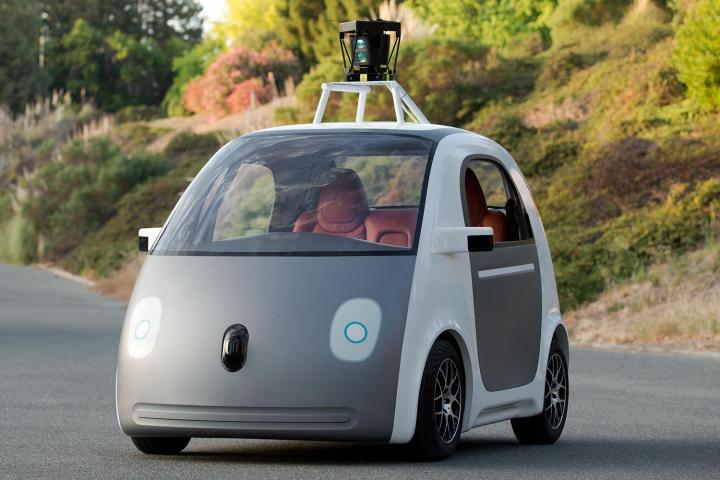
As the story goes, a couple weeks ago, one cyclist in Austin came across one of Google’s self-driving Lexus’ at a four-way stop. While this is by no means the first time such a vehicle has “seen” a biker or a bicycle, it may have been one of the first times it had to deal with a biker doing a track stand. A track stand, which is generally performed on fixed-gear bikes, is when the rider keeps his or her bike balanced at a stop while keeping his or her feet on the pedals. Rather than resting your feet on the ground, you shift your weight (and your bike) slightly forward and backward in order to keep from falling over. It turns out the autonomous car wasn’t quite sure how to process that information.
“[The self driving car] apparently detected my presence (it’s covered in Go-Pros) and stayed stationary for several seconds,” the cyclist noted in an online bike forum. “It finally began to proceed, but as it did, I rolled forward an inch while still standing. the car immediately stopped … I continued to stand, it continued to stay stopped. then as it began to move again, I had to rock the bike to maintain balance. it stopped abruptly.”
Apparently, this went on for quite some time, with the cyclist writing, “we repeated this little dance for about 2 full minutes and the car never made it past the middle of the intersection. the two guys inside were laughing and punching stuff into a laptop, I guess trying to modify some code to ‘teach’ the car something about how to deal with the situation.”
This amusing back and forth is actually the exact sort of feedback Google is looking for, according to a company spokeswoman. As the tech giant continues to test its new line of cars, real-life situations are being dealt with in real time, hopefully making for a better end product.
At the end of the day, all’s well that ends well, as the cyclist concluded, “I felt safer dealing with a self-driving car than a human-operated one.” So rock on, autonomous cars. You’re winning the cyclist demographic over.


